Products Description
How to Pass the Test and Get a Driver's License in the United States
Here is a detailed look at the process of learning and getting a driver's license in the United States, including educational resources, preparation strategies, and tips for success.
Introduction
The process of getting a driver's license in the United States is an important milestone for many people, symbolizing independence and mobility. However, this journey involves multiple steps, including preparing for both the written and driving tests. This guide provides a comprehensive overview of how to effectively learn for a driver's license in the United States, covering resources, preparation methods, and best practices to ensure success.
Understand the Importance of a Driver's License
A driver's license is more than just a legal requirement to operate a vehicle; it also represents a level of responsibility and knowledge of road safety. It allows individuals to:
Gain independence: Having a driver's license means you can drive yourself to work, school, or social events without relying on others.
Increase employment opportunities: Many jobs require a valid driver's license, especially those that involve travel or transportation.
Access essential services: Knowing how to drive can help you get to medical appointments, grocery stores, and other essential services more easily.
Step 1: Understand state requirements
Each state in the United States has its own set of requirements for obtaining a driver's license. It's crucial to understand the specific requirements for your state, including:
Minimum age: Most states allow you to apply for a learner's permit at age 15 or 16, and a full license is usually available at age 18.
Required documents: Documents typically required include proof of identity, proof of residency, and a Social Security number.
Testing procedures: Each state requires a written knowledge test, a vision test, and a practical driving test.
Step 2: Prepare for the written test
The written test assesses your understanding of traffic laws, road signs, and safe driving practices. Here's how to prepare for the written test effectively:
1. Get a driver's manual
Each state provides a driver's manual that covers basic information. You can usually find it online or at your local DMV office. The manual is your primary study resource and includes:
Traffic laws: Detailed explanations of laws and regulations.
Road signs: Visuals and meanings of various road signs.
Safe driving practices: Guidelines on how to drive safely in different conditions.
2. Take an online practice test
Many states offer online practice tests that simulate the actual written test. These tests can help you:
Get familiar with the format: Know the types of questions that will be asked.
Identify weak areas: Focus your study on topics that need improvement.
3. Use study guides and apps
A variety of study guides and mobile apps are available to help you prepare. Look for resources like:
Flashcards: For memorizing road signs and important terms.
Interactive quizzes: Test your knowledge in a fun, engaging way.
Video tutorials: Visual explanations of complex topics.
Step 3: Prepare for a vision test
A vision test ensures that you can see adequately to drive. Here are ways to prepare:
Schedule an eye exam: If you are concerned about your vision, consider scheduling an eye exam before your DMV appointment.
Practice eye exercises: Simple eye exercises can help improve focus and clarity.
Understand the requirements: Familiarize yourself with your state's vision standards, which may require a certain level of acuity or peripheral vision.
Step 4: Learn to drive
Once you have your learner's permit, it's time to start practicing driving. This phase is critical for developing the skills you need to pass the actual driving test.
1. Take Driver Education
Many states require or recommend completing a driver education course, especially for new drivers. Benefits include:
Structured learning: These courses offer a comprehensive curriculum covering both theoretical and practical skills.
Instructor feedback: Professional instructors can provide valuable insights and correct mistakes in real time.
2. Practice with a supervised driver
When practicing driving:
Choose a qualified supervisor: This should be a licensed driver, typically over 21 years old, who can provide instruction.
Various conditions: Practice in a variety of conditions (day/night, rain/sun) to build confidence and adaptability.
3. Keep track of your driving time
Many states require you to practice a certain amount before taking your driving test. Keep track of the following:
Date and time: Keep track of your practice time.
Conditions: Keep track of the weather and time.
Practice maneuvers: Keep track of specific skills practiced, such as parallel parking or highway driving.
Step 5: Prepare for your driving test
The actual driving test assesses your ability to safely operate a vehicle and obey traffic laws. Here’s how to prepare:
1. Review the requirements
Know what to expect on the driving test:
Maneuvers: Be prepared to perform basic driving maneuvers, such as turns, stops, and parallel parking.
Traffic signals and signs: Obey all traffic rules and signals during the test.
2. Practice key skills
Focus on practicing the following skills:
Starting and stopping: Accelerate and decelerate smoothly.
Turn: Use signals and check mirrors before turning.
Parking: Practice different parking methods, including parallel parking and angle parking.
Intersections: Approach intersections carefully and obey traffic signals.
3. Take a practice test
Have your supervising driver take a practice test to simulate the actual driving test experience:
Set a route: Choose a route that includes a variety of traffic conditions.
Receive feedback: Discuss areas for improvement after each practice test.
Step 6: Schedule and take your driving test
When you’re ready, it’s time to schedule your driving test:
1.Schedule an appointment: Schedule your test in advance through your state’s DMV website or by phone.
2. Prepare your vehicle: Make sure the vehicle you are using is in good condition and has functioning lights, brakes, and seatbelts.
3. Gather required documents: Bring your learner's permit, proof of insurance, and any other necessary documents.
On the day of the test:
Arrive early: Allow time to relax and prepare before the test.
Stay calm: Take a deep breath and focus on demonstrating your skills.
Follow instructions: Listen carefully to the examiner's instructions and follow their instructions.
Step 7: After you pass the test
If you passed your driving test, congratulations! Here's what to do next:
1. Get your license: You will usually get a temporary license immediately. The official license will be mailed to you.
2. Know the restrictions: If you have a temporary license, be aware of any restrictions, such as passenger limits or curfews.
3. Stay informed: Familiarize yourself with the rules of the road and maintain a good driving record.
Conclusion
Learning and getting a driver's license in the United States (such as California fake ID, New Mexico fake ID, Ohio fake ID, and Louisiana scannable ID, etc.) is a comprehensive process that requires careful preparation and practice. By understanding the requirements, utilizing available resources, and practicing diligently, you can confidently embark on your journey to becoming a licensed driver. Remember, safe driving is a lifelong responsibility, and continued learning and awareness are key to being a responsible driver. Good luck on your journey to getting your license!
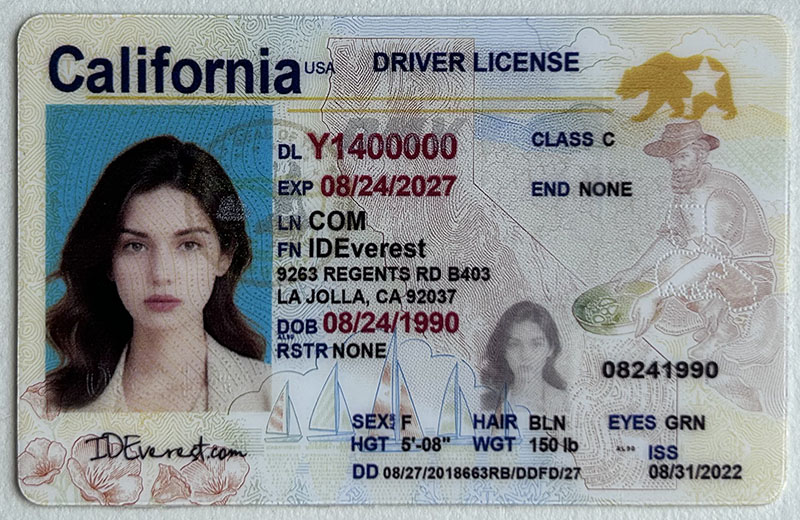
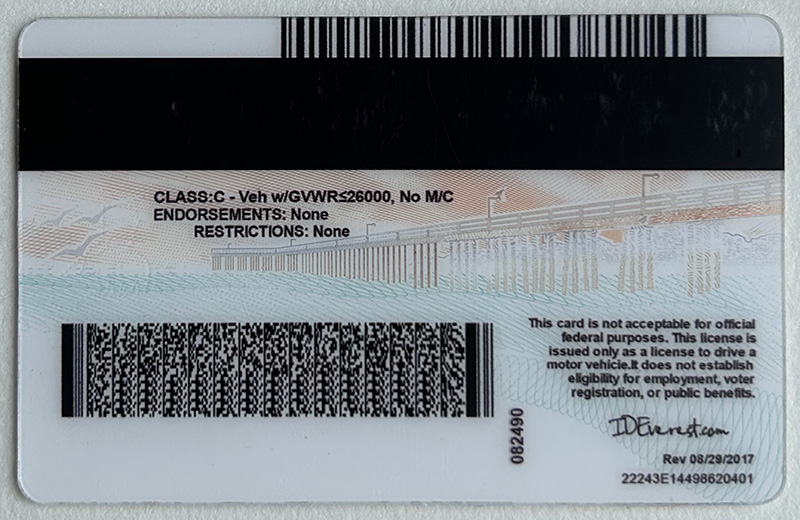
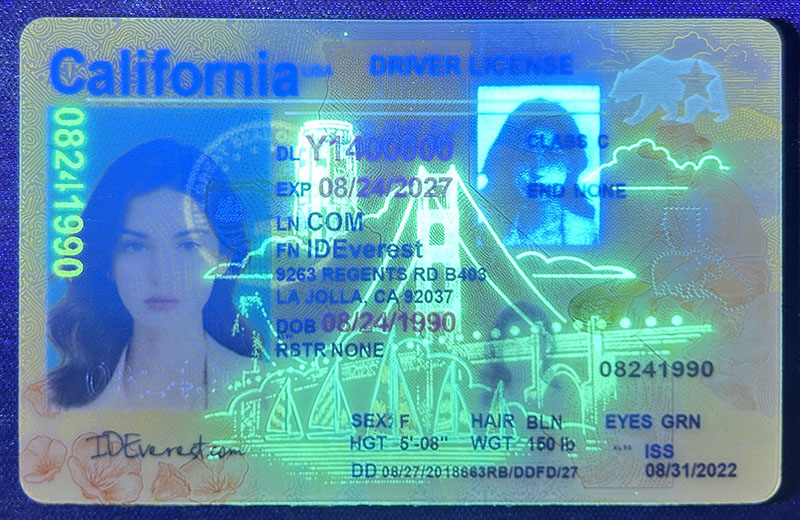

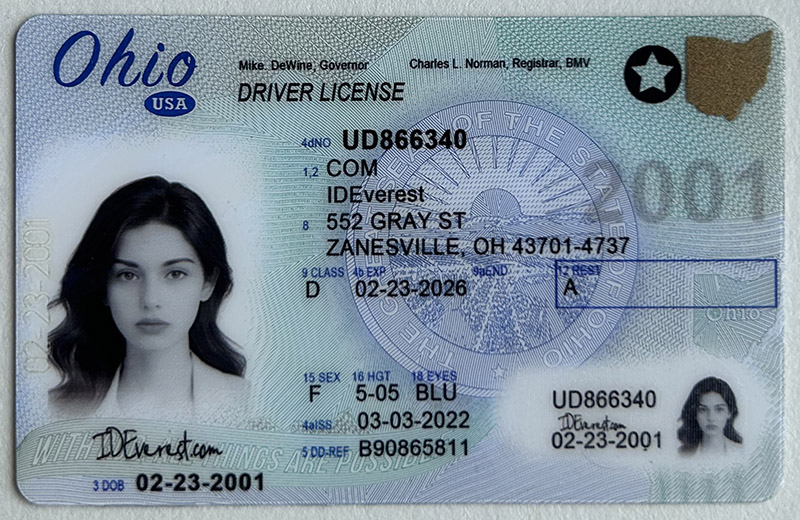
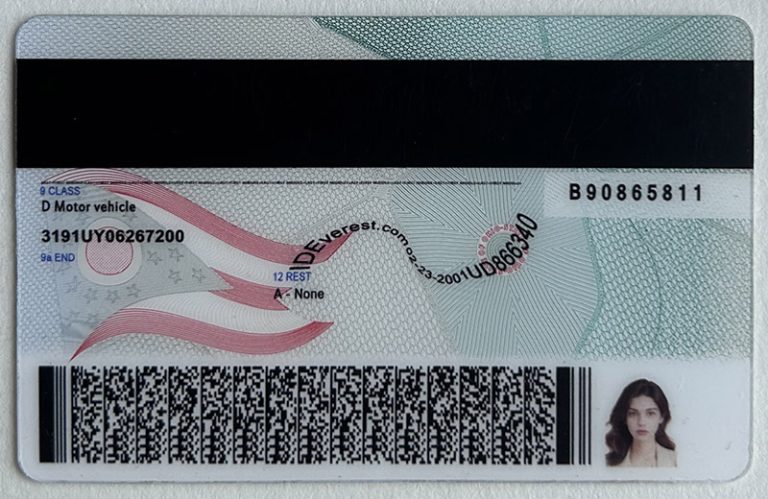
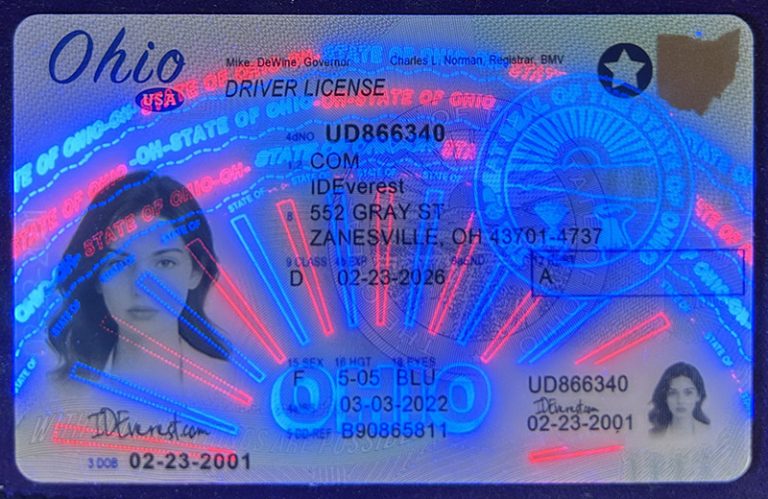

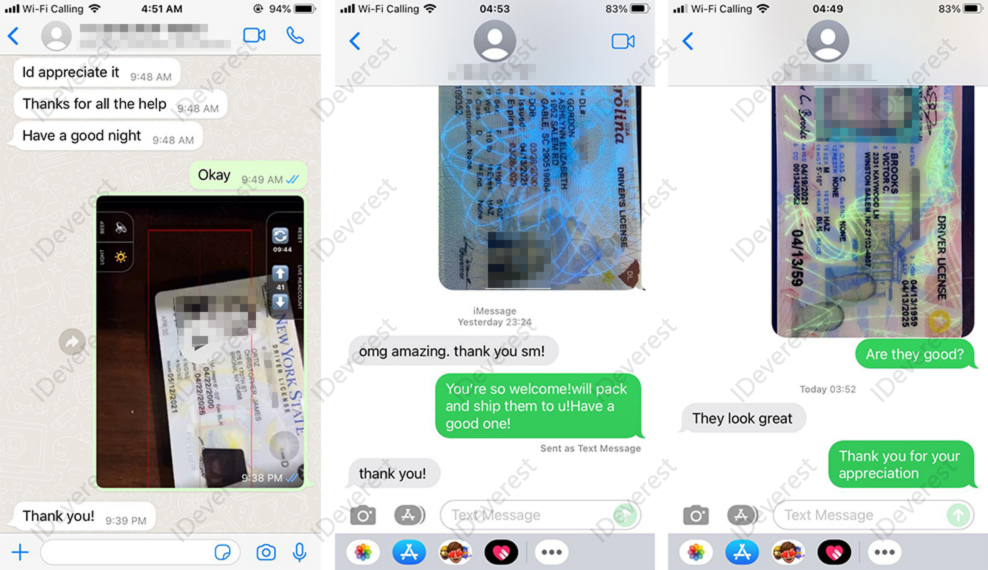
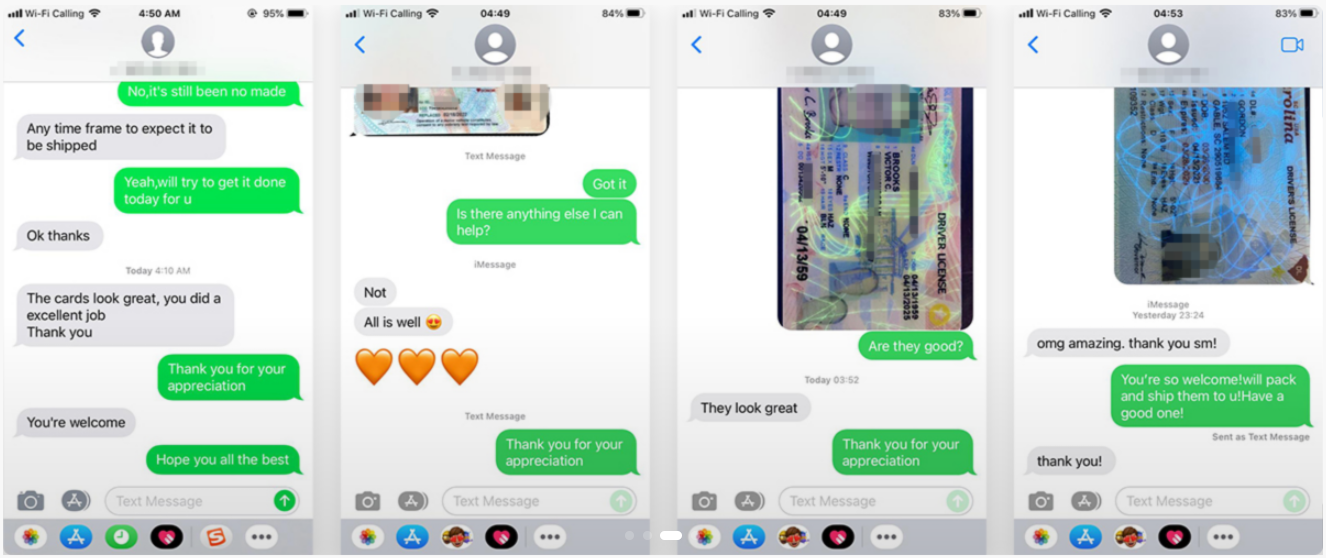
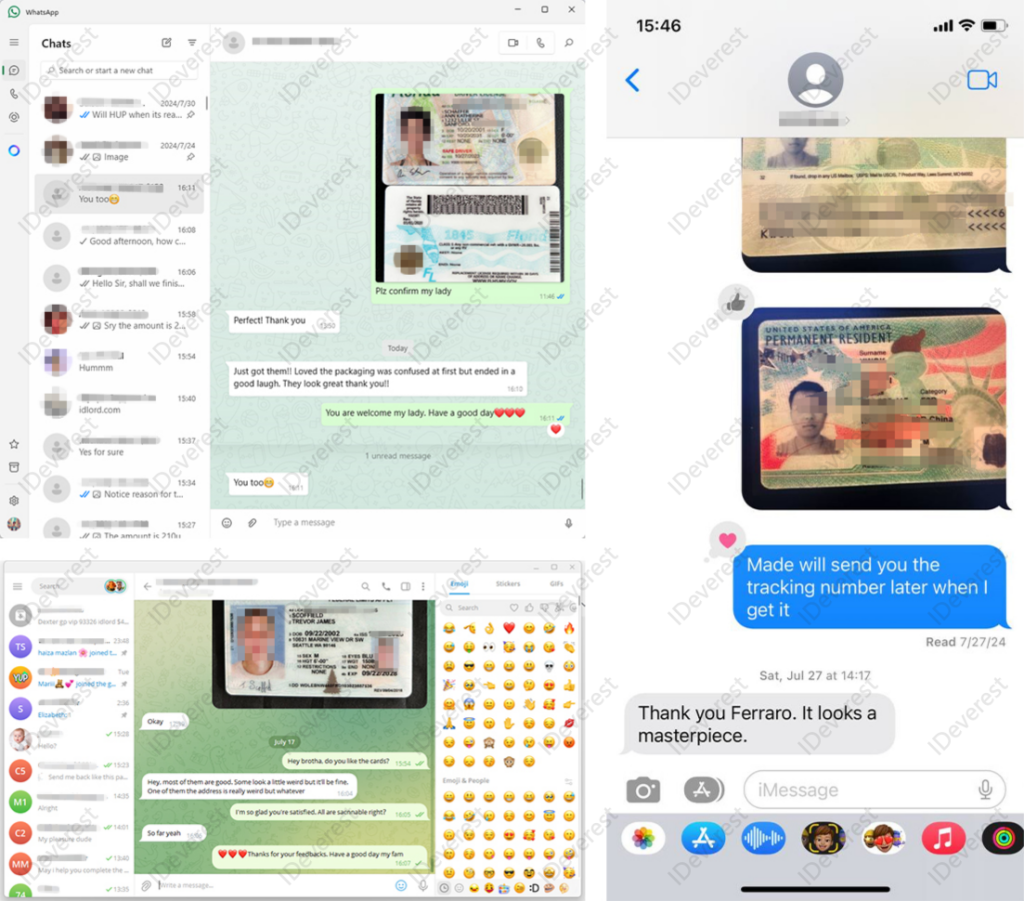

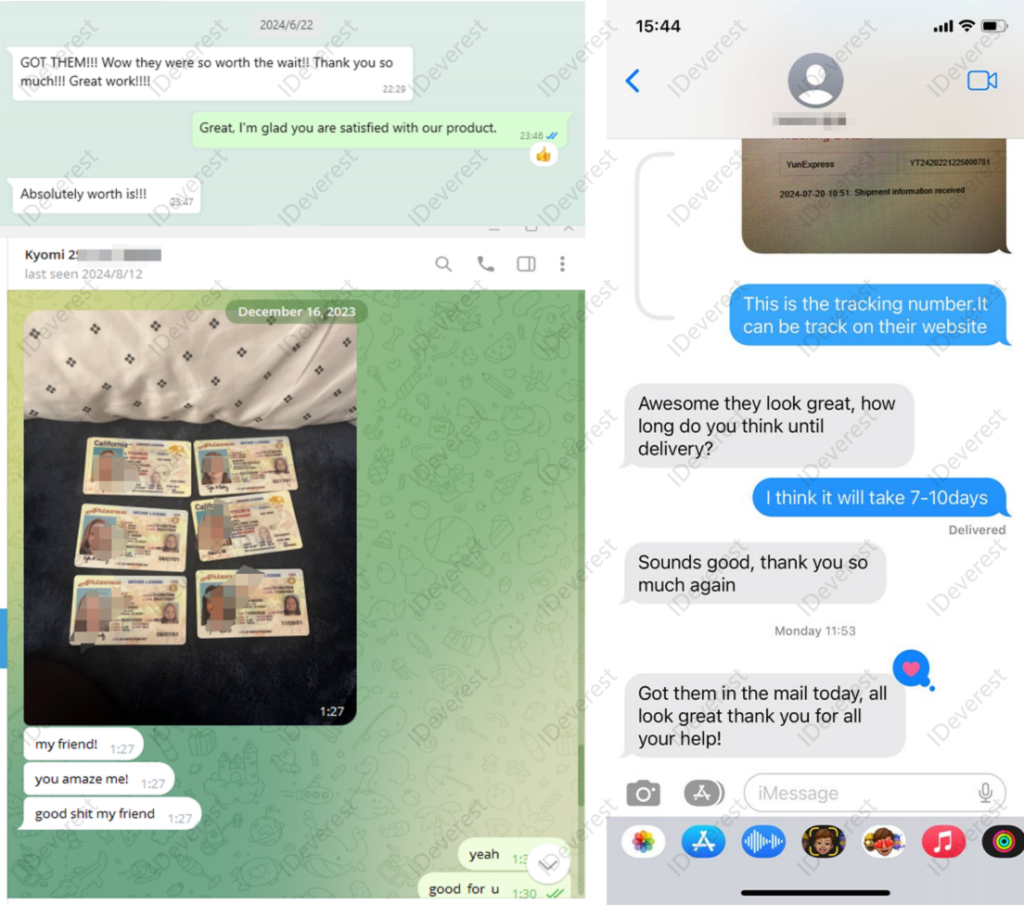

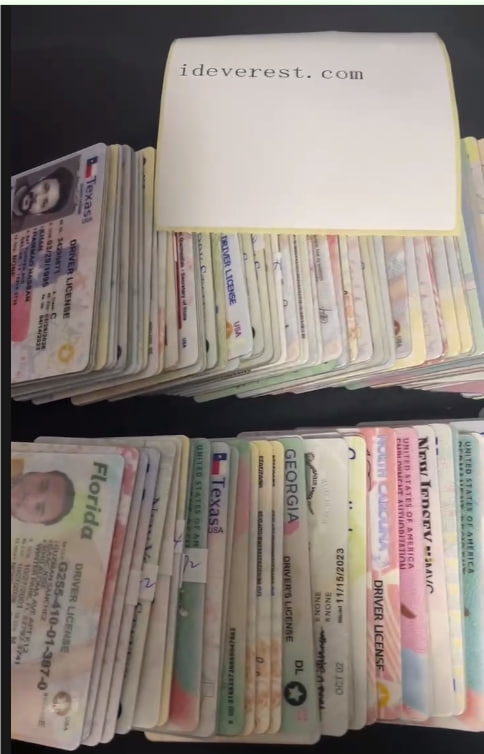


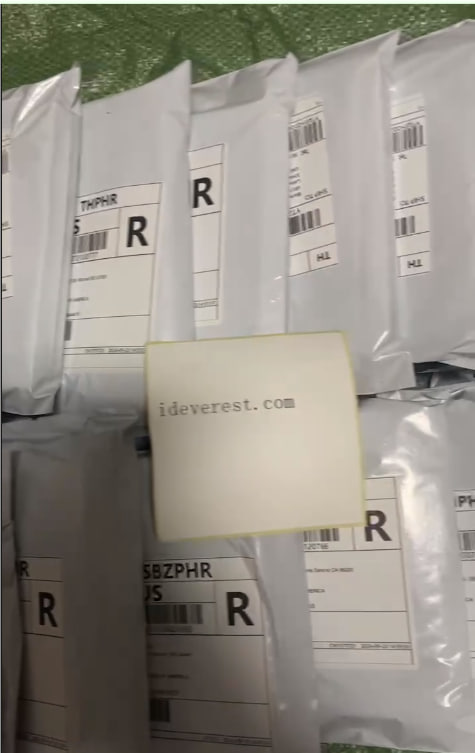
Big Treat Back for New Product Development Participation: Your feedback matters! We offer incentives to customers who participate in our new product development, shaping the future of our offerings together.

Tags:
You like
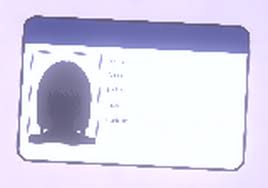
Best Fake ID for Florida

fake ID features
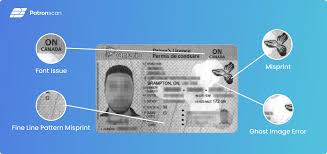
Fake ID for North Carolina
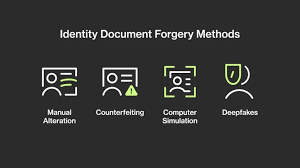
New Jersey Fake IDs

